A year of Google Analytics 4 on GOV.UK
A year of Google Analytics 4 on GOV.UK
Discover what we’ve learned in the year since the GOV.UK website fully migrated to Google Analytics 4, and how our use of data is evolving as GOV.UK expands to multiple digital channels.


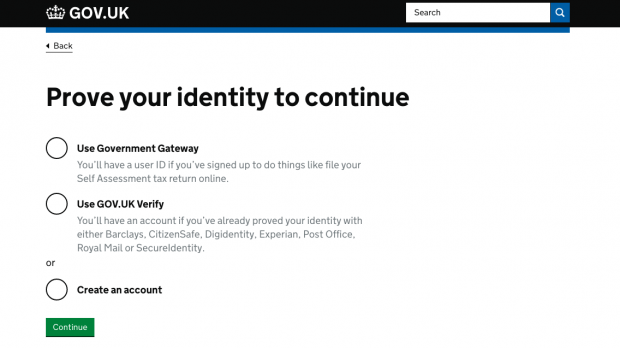

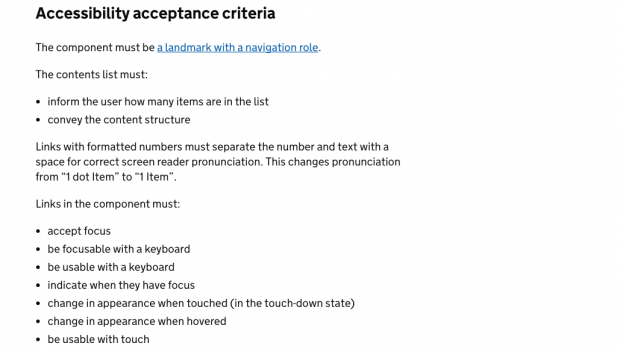
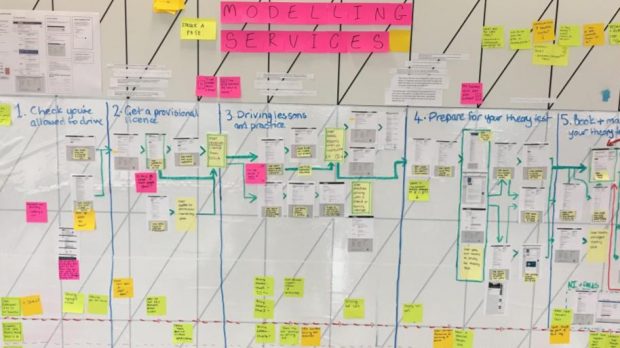
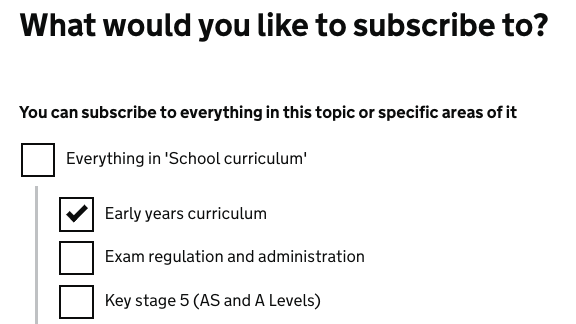
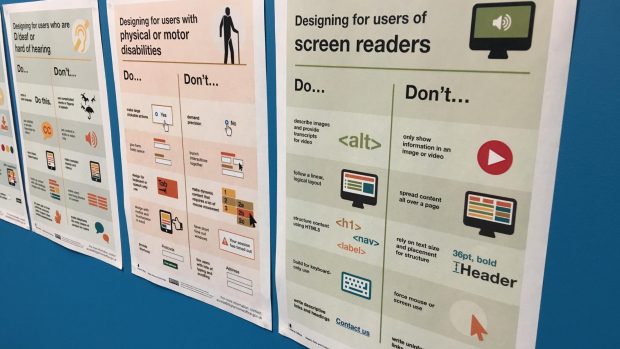
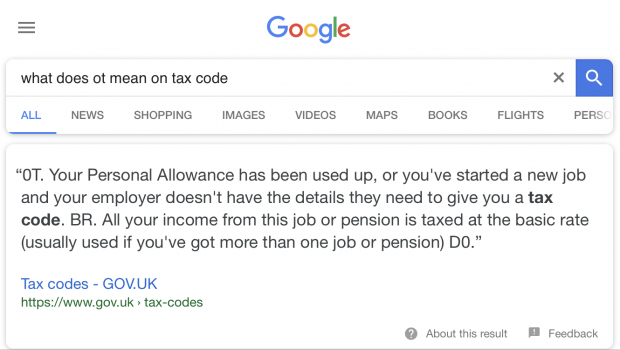
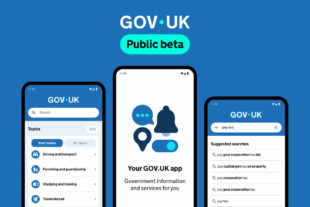 The GOV.UK app went live in public beta in July 2025. Find out what’s been happening, and what’s coming next,
The GOV.UK app went live in public beta in July 2025. Find out what’s been happening, and what’s coming next,